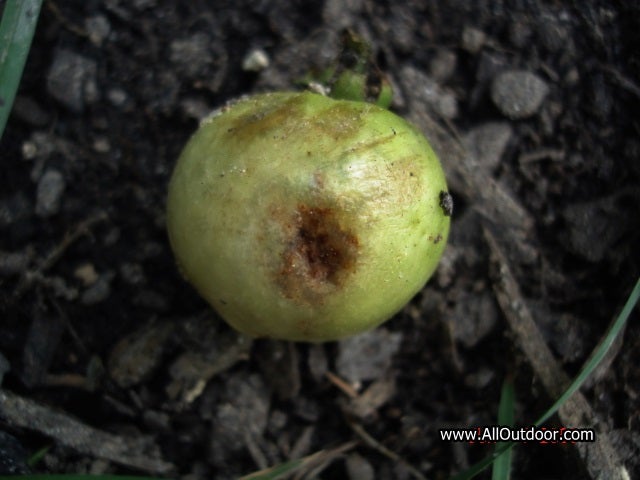Preppers: Three Overrated Crops
Kevin Felts 05.09.17

In a world without pesticides or commercial fertilizer, there may be certain crops preppers may want to reconsider. We are not talking about excluding, but rather recognizing that there are issues with certain types of crops.
Some people may say, “Well Kevin, it means we do organic gardening.” Yes, that is very true.
However, how many people understand the nutrition requirements of certain types of crops? What types of nutrients do corn, tomatoes, and cucumbers need? On top of that, what kinds of crops are least and most affected by pests?
This article is directed towards members of the prepping community who have very little knowledge about gardening.
Corn
For the beginner gardener, this is probably the most overrated seed preppers can stockpile.
Nitrogen requirements are very high and all kinds of pests will feast on the ears. Just before harvest, raccoons will bend the stalks over and will devour your corn crop. What raccoons do not eat, worms will.
First thing people are going to say is, “Corn is part of the three sisters that Native Americans grew.” There is a difference in the majority of corn we grow today and corn that was grown by native tribes hundreds of years ago.
- Field corn – What your grand parents raised. Not a hybrid or GMO, seeds can be saved. Currently, most field corn is raised for livestock feed. Examples include: Yellow Dent, Trucker’s Favorite, and various types of Native American heirloom corn.
- Sweet corn – Hybrid or GMO, seeds can not be saved. Sweet corn tastes better than field corn. Examples include: G90 and Bodacious. If the seed name has a number, is is probably a hybrid or GMO.
If you want to stockpile corn seed (which I do), until you have a clear understanding of different types of corn, I would suggest sticking with heirloom and Indian corn. Only after you have a clear understanding of cross-pollination, nutrition requirements and hybridization, then dabble in growing hybrid sweet corn.
Tomatoes
This will probably catch a lot of flack, but here goes. One of the riskiest crops someone can grow, besides corn, is tomatoes.
When summer arrives, numerous bugs will feast on the juice inside the tomato. The thin skin of the tomato will make them prime targets for stinging pests.
Worms such as the horned tomato worm can devour all the leaves on a plant in a day.
An organic pesticide that I use on my tomatoes is tobacco. Place some tobacco into a sock, submerge the sock into the water inside a pump sprayer, let sit overnight and the water should be a brown color. Remove the sock and spray the plants with the tobacco/water solution.
Seeds have to be started at just the right time so the plants are producing before the summer heat is in full swing. Once the summer heat arrives, tomato plants have a habit of dying.
My seed stockpile includes tomatoes. I see no reason to exclude them from a well rounded stockpile, But I recognize they may be difficult for beginner gardeners to grow from seed.
Cucumbers
Probably the most useless crop a prepper can have.
During a long term collapse of society, we should focus on crops that have calories and nutrients, cucumbers have neither. Cucumbers are almost devoid of nutrients and calories.
For cucumbers to make their nice round shape, they need a lot of nitrogen, nitrogen that would be better served on crops that have nutrients and calories.
Their roots are close to the top of the soil. This means any extended period without water will affect the plants. In other words, they have a high water requirement.
Sure enough someone is going to say, “What about my pickles?” What about them?
The only thing cucumbers would be good for is fighting food fatigue.
Balanced Crops
It is one thing to stockpile seeds, it is another thing to know the fine details about various crops.
Take time to do some organic gardening. Plant some seeds in the backyard without fertilizer and see what happens. Then do research into what fertilizer does to the plant. Learn what the numbers on fertilizer stand for. Take a plant that is growing, add some manure, potash, or bone meal and see what happens.
Above all else, do not be afraid to fail.

